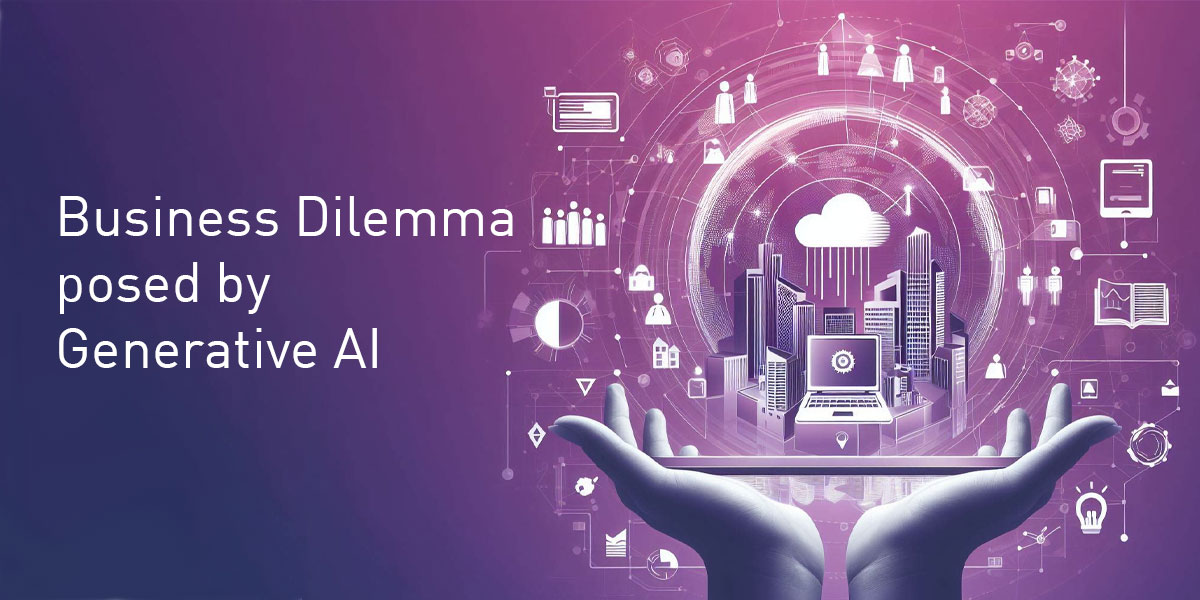Necessary cookies are absolutely essential for the website to function properly. These cookies ensure basic functionalities and security features of the website, anonymously.

Exploring the potential of Data Mining
In the realm of data analytics, data mining enables organisations to extract valuable insights from vast datasets, unravelling patterns and relationships, and consequently, improving business performance. The term is used in a broad array of contexts, and can allude to many different types of analysis. This blogpost aims to demystify what data mining means, and help you understand real life business use cases where it is applied.
But what do people mean by data mining?
Data mining stands as a cornerstone in the realm of analytics, equipping organisations with the ability to uncover hidden patterns and extract actionable insights from complex datasets. By employing powerful techniques such as association rule mining, classification, clustering, regression, anomaly detection, and text mining, data mining algorithms reveal intricate relationships and provide a deeper understanding of data.
A brief summary of the different algorithms involved
-
Association rule mining unravels intricate connections between items in a dataset, facilitating strategic decision-making for businesses, such as optimising product placement. More specifically, it usually focuses on identifying patterns that describe the co-occurence of items in a transactional or relational database. The output of association rule mining is often a set of rules in the form of “if-then” statements that capture the relationships between items.
-
Classification algorithms empower organisations to assign predefined labels to data. This can aid in fraud detection, customer segmentation, and predictive modelling. Often these algorithms learn from labelled training datasets to make predictions or assign class labels to new, unseen instances. Popular classification algorithms include (but aren’t limited to):
1. Decision Trees
2. Random Forest
3. Naive Bayes
4. Support Vector Machines
5. k-Nearest Neighbours
6. Logistic regression
-
Clustering techniques group similar data points together, primarily also enabling market segmentation and predictive analysis. It aims to discover hidden structures within unlabeled data by organising it into, as the name suggests, clusters, where instances within the same cluster are more similar to each other than to those in different structures (generally speaking). There are various clustering algorithms available, the choice depends on the data, the desired outcomes, and the computational requirements. Popular clustering algorithms include (but aren’t limited to):
1. K-Means
2. Hierarchical clustering
3. DBSCAN
4. Gaussian Mixture Models (GMM)
-
Regression models allow for precise forecasting and trend analysis. They are used to understand and estimate the impact of independent variables on a dependent variable. Some common regression models include:
1. Linear regression
2. Polynomial regression
3. Logistic regression
4. Lasso regression
-
Text mining techniques unlock valuable information hidden within structured (usually) textual data. They enable organisations to analyse large volumes of text and uncover patterns, sentiments, topics and relationships.
The impact of data mining
Data mining empowers organisations to navigate through uncertainty and make data informed business decisions.
Retailers can leverage data mining to gain a comprehensive understanding of customer buying patterns, preferences, and behaviours, leading to targeted marketing strategies and an improved (hopefully) customer experience.
In the healthcare sector, sata mining assists in disease prediction, risk assessment, and treatment optimization, ultimately improving patient outcomes.
Fraud detection is another domain where data mining plays a pivotal role. By identifying anomalies and patterns within financial transactions, organisations, such as banks, can mitigate risks, prevent fraud, and protect their own assets.
Process optimisation is another domain where data mining proves to be valuable. It can be used to unveil inefficiencies, bottlenecks, and opportunities for pipeline improvement. This can lead to increased operational efficiency, and cost reductions.
Conclusion
Data mining opens a gateway to insights, empowering organisations to make informed decisions based on hidden patterns within complex datasets. Organisations must strive for fairness and transparency, and ensure that their models are free from biases and discrimination. They must also use their results responsibly, addressing potential ethical implications as well as respecting legal and regulatory frameworks.






